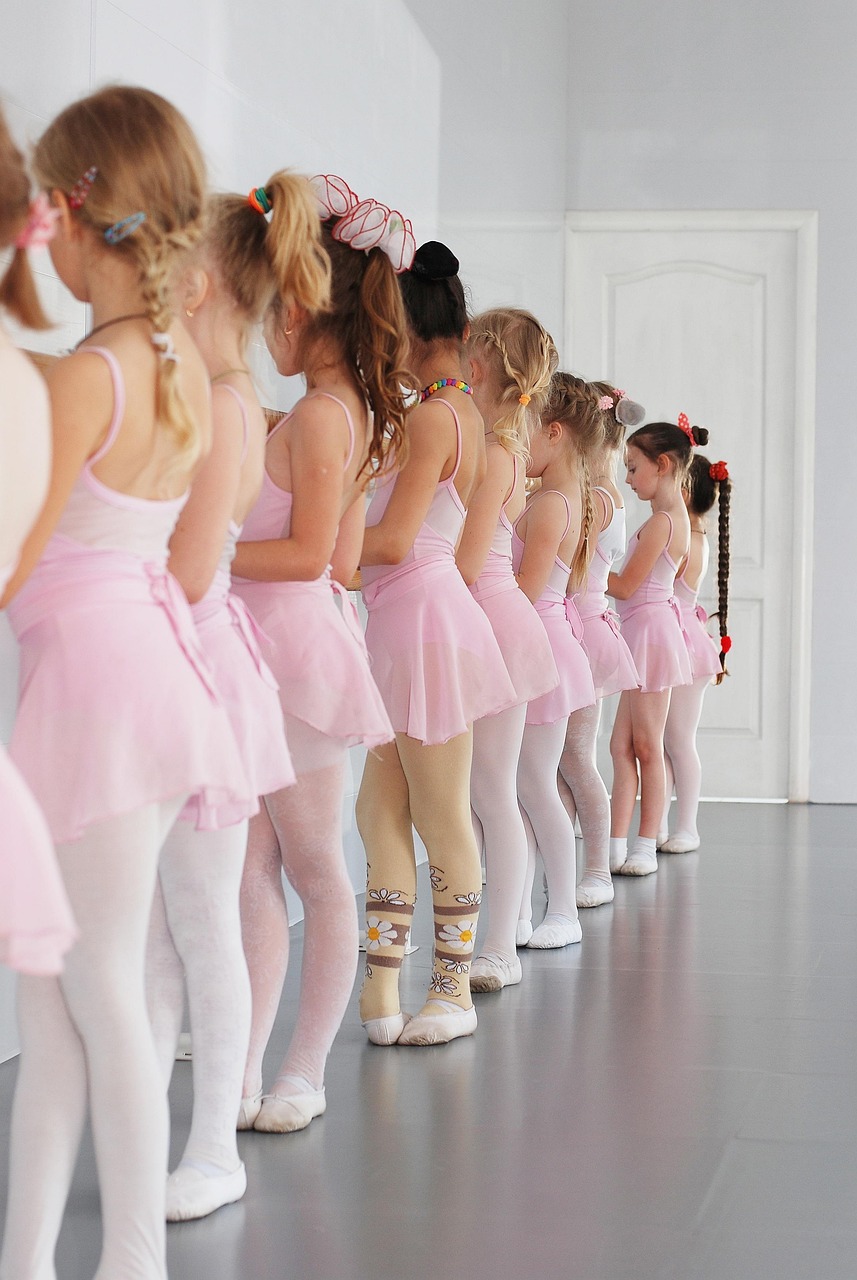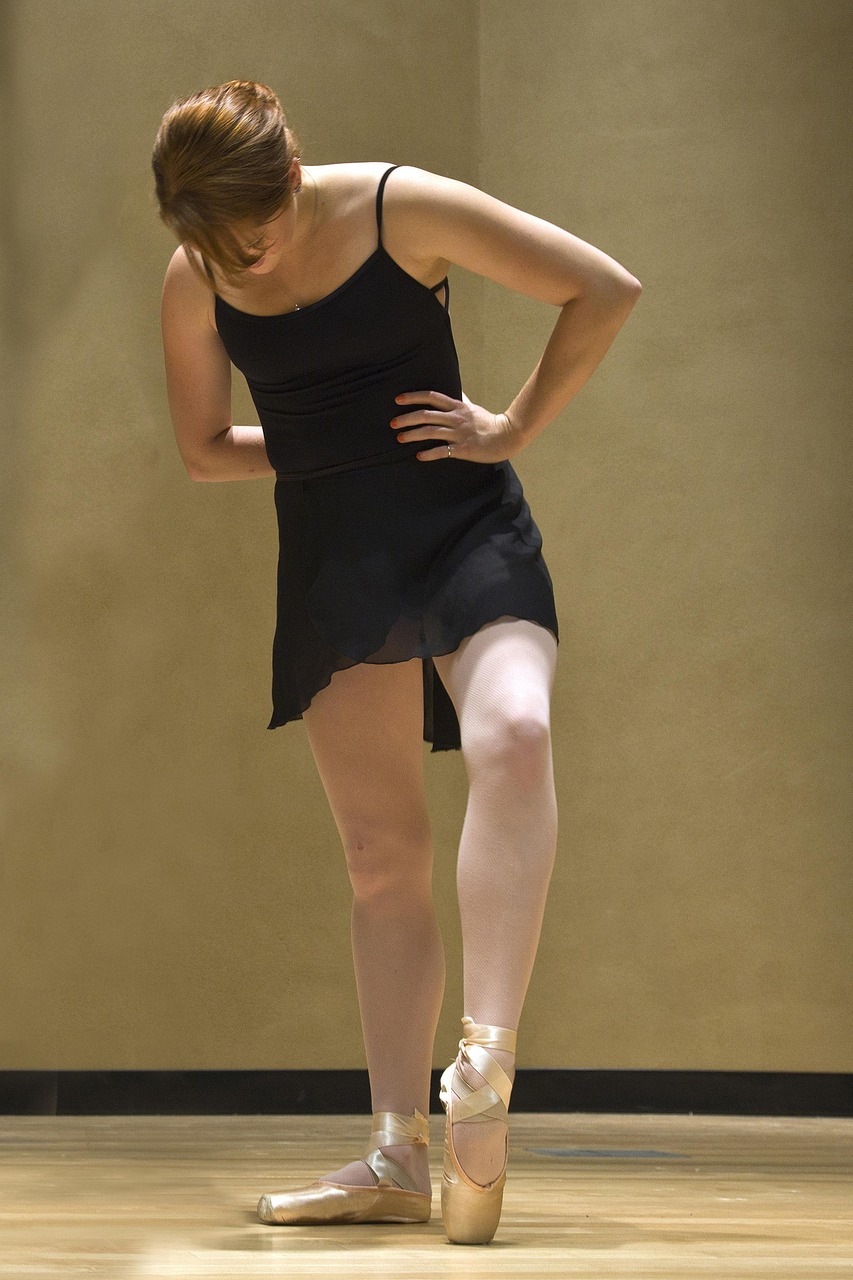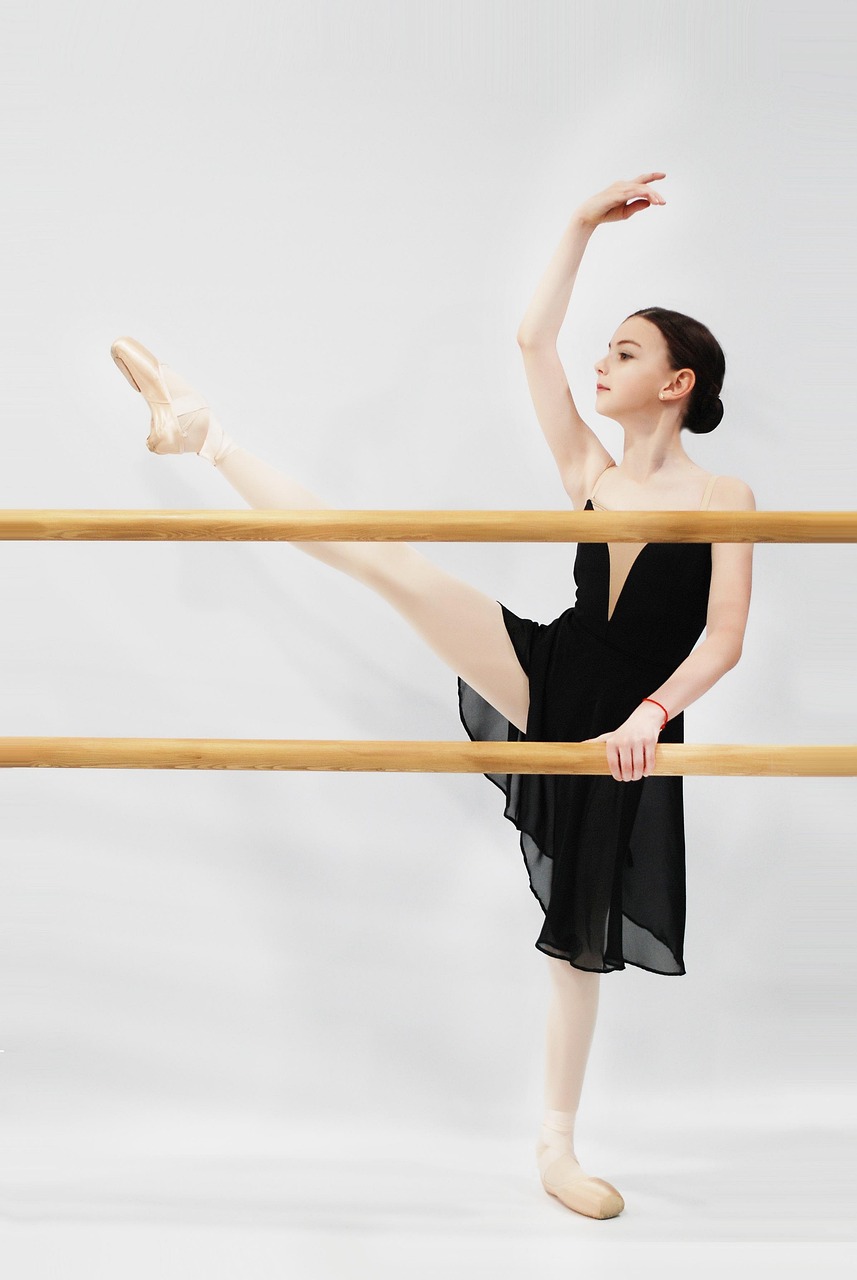TL;DR
- Tracking progress helps maintain motivation and identify areas for improvement.
- Set SMART goals that are specific, measurable, achievable, relevant, and time-bound.
- Use journals, videos, and feedback to document and analyze your development.
- Celebrate small wins to build confidence and sustain long-term commitment.
- Adjust goals as you advance to keep challenges engaging.
Ballet is a journey of continuous improvement, where small, consistent steps lead to significant growth. Tracking progress is essential for staying motivated, identifying strengths and weaknesses, and ensuring you’re moving toward your dance aspirations. For beginners, this process can feel overwhelming, but with simple tools and strategies, it becomes empowering. This guide explores how to track your ballet progress effectively, from setting goals to celebrating achievements.
Why Tracking Progress Matters
Progress in ballet isn’t always linear or visible, making tracking crucial for maintaining enthusiasm and direction.
- Boosts Motivation: Seeing improvements reinforces your commitment and combats discouragement.
- Identifies Weaknesses: Highlights areas needing extra focus, like flexibility or balance.
- Builds Confidence: Acknowledging growth fosters a positive self-image and resilience.
- Guides Adjustments: Helps refine techniques and routines based on real feedback.
Without tracking, it’s easy to feel stuck; regular assessment turns practice into purposeful advancement.
Setting Effective Goals
Goals provide a roadmap for your ballet journey. Use the SMART framework to make them actionable.
- Specific: Define exactly what you want, e.g., “Hold a relevé for 30 seconds” instead of “Improve balance.”
- Measurable: Quantify progress, such as “Complete 10 clean tendus per side” or “Learn three new positions.”
- Achievable: Start small to build success; avoid overwhelming targets for beginners.
- Relevant: Align with your interests, like preparing for a recital or building strength.
- Time-Bound: Set deadlines, e.g., “Master this step in two weeks.”
Break larger goals into weekly milestones to maintain momentum.
Methods for Tracking Progress
Choose tools that fit your style and schedule. Consistency is key—track weekly or after each class.
- Dance Journal: Write notes on what felt good, challenges faced, and instructor feedback. Include dates for comparison.
- Video Recordings: Film yourself practicing and review monthly to spot improvements in form or fluidity.
- Photo Comparisons: Take progress photos in key poses to visually track changes over time.
- Class Notes: Jot down corrections from instructors and revisit them to ensure application.
- Apps and Trackers: Use fitness apps to log sessions, or ballet-specific tools for goal tracking.
Combine methods for a comprehensive view; for example, journal entries paired with videos.
Celebrating Milestones
Recognition keeps the journey enjoyable. Don’t wait for big achievements—celebrate the process.
- Small Wins: Reward completing a full class without fatigue or nailing a tricky step.
- Weekly Check-Ins: Reflect on accomplishments, like increased stamina or better posture.
- Rewards System: Treat yourself to new dancewear or a relaxing activity after reaching goals.
- Share Progress: Discuss with friends, family, or online communities for encouragement.
- Visual Reminders: Create a “progress wall” with photos or notes to visualize growth.
Celebration reinforces positive habits and makes ballet a source of joy.
Overcoming Plateaus and Setbacks
Progress may stall; use tracking to navigate these phases.
- Analyze Patterns: Review journals for recurring issues, like fatigue or technique slips.
- Seek Feedback: Consult instructors for fresh perspectives or adjustments.
- Adjust Goals: If a plateau hits, modify targets—perhaps focus on quality over quantity.
- Incorporate Variety: Try new exercises or cross-training to reignite progress.
- Stay Patient: Remember, plateaus are normal; persistence leads to breakthroughs.
Tracking helps you pivot strategies and maintain forward movement.
Tools and Tips for Success
Enhance your tracking with these practical tips.
- Consistency Over Perfection: Track regularly, even if entries are brief.
- Involve Others: Share goals with a dance buddy for accountability.
- Digital Aids: Use apps like MyFitnessPal for ballet adaptations or simple spreadsheets.
- Reflect Seasonally: Review progress quarterly to assess overall development.
- Mindset Shift: View setbacks as learning opportunities, not failures.
Conclusion
Tracking progress transforms ballet from a routine into a rewarding adventure. By setting SMART goals, using diverse methods, and celebrating milestones, you’ll stay motivated and witness tangible growth. Embrace the process—each step forward is a victory. Keep tracking, keep dancing, and enjoy the beautiful evolution of your ballet skills!



